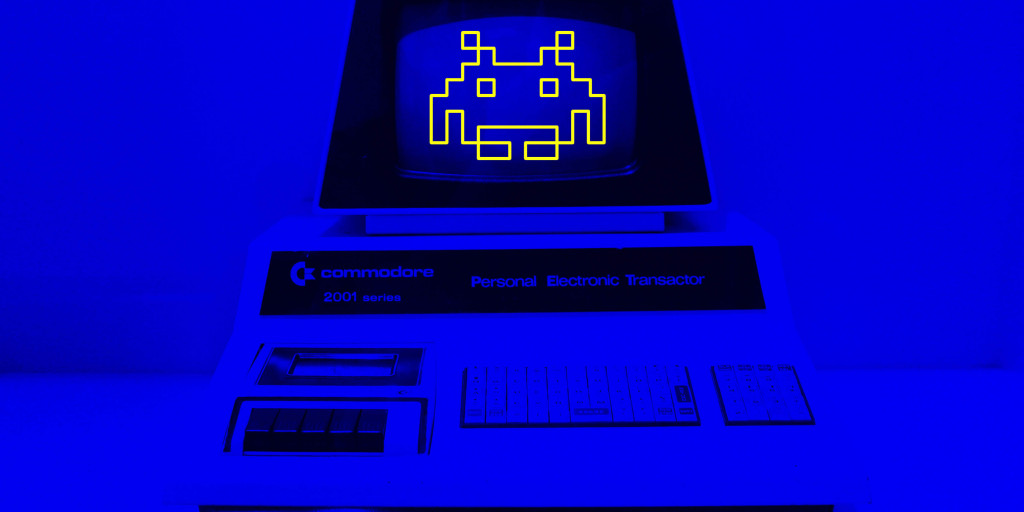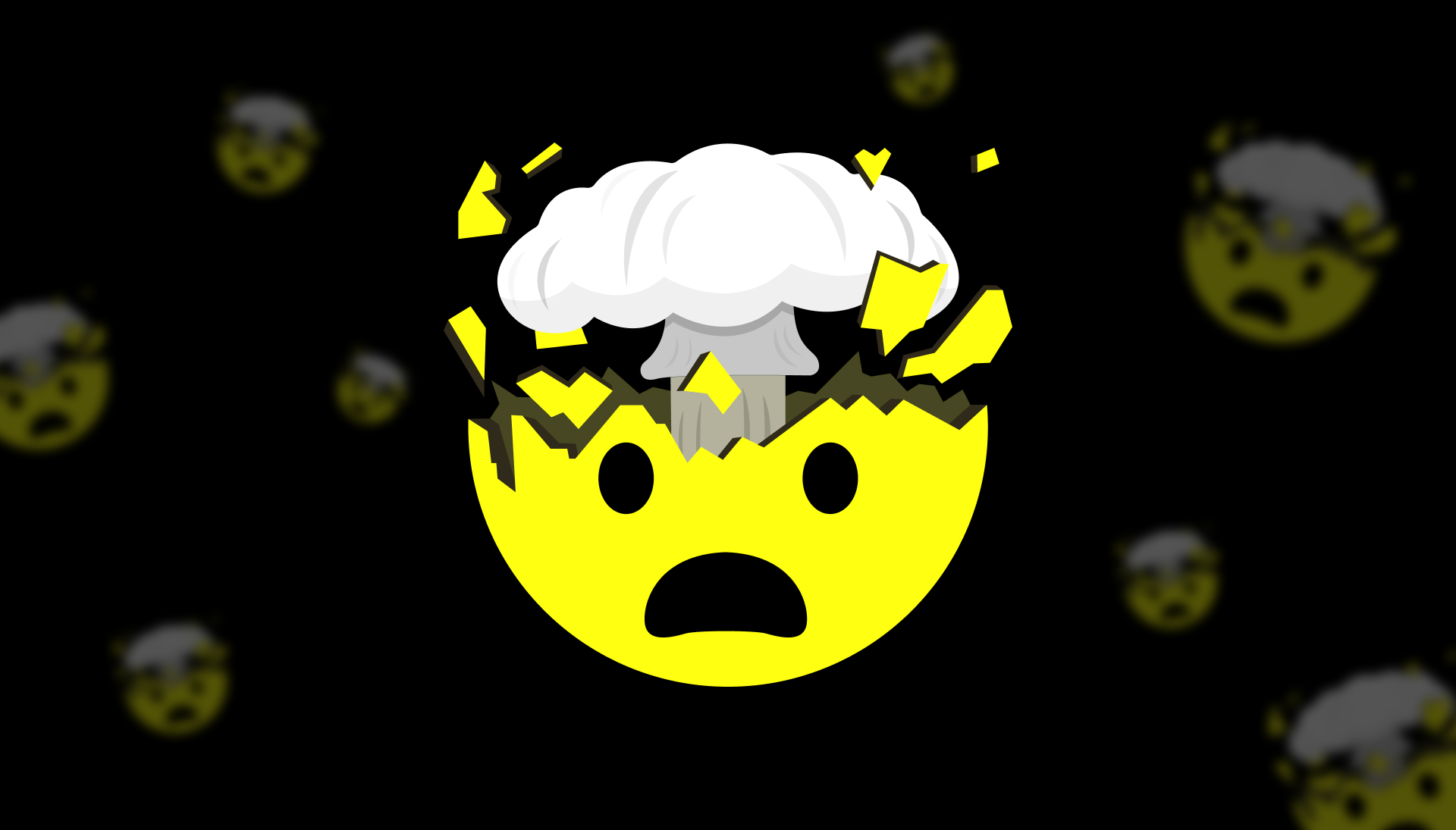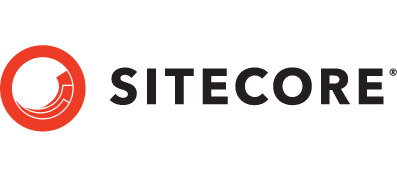At AFFINITY we’re always looking for clever ways to use data, pushing the boundaries in an effort to do something brand new. We’ve done this by predicting what drives a cough in our work with Prospan and most famously for our work with Narellan Pools. We used data science to predict the early triggers to buying a pool. Through our intense interrogation of first-party and third-party data we unearthed a targeting nirvana. We identified a set of specific factors that acted as the tipping-point to a sale – hacking our programmatic buying tools to turn them on, only when these specific conditions were met. This approach delivered $100m in incremental income.
When you see results like this, it’s not surprising that our industry is virtually obsessed with finding something new (AI/ML/QR/CRM/ETC/ETC), or re-inventing new paradigms. So I was interested to read Mark Ritson’s recent piece on the re-invention of the four Ps, and how he was dumbfounded by the need to re-invent something that’s already proven to work.
Ritson’s position was clear – if it ain’t broke, don’t fix it – a message that really resonated with us as we began analysing the results of a new campaign for one of our clients: a campaign where we used an ‘old’ approach to deliver exceptional results.
Our client was looking to implement a retargeting strategy to drive repurchase. The challenge was they had limited customer data apart from recent transaction history. Limited data makes it generally hard to do sophisticated modelling or segmentation. Additionally, we knew we had a long tail of customers who purchased infrequently or were lapsed.
After researching some different approaches, we settled on a segmentation approach that has been around since the last century (1995!), called an RFM. And while some of you may be very familiar with it, we’ve been quite surprised to come across many marketers who’ve never heard of it.
RFM is built around the following three dimensions:
- Recency – How recently did the customer purchase?
- Frequency – How often do they purchase?
- Monetary Value – How much do they spend?
The rationale behind it is quite simple.
- Customers who’ve purchased from you recently are more likely to buy from you again than customers who you haven’t seen for a while.
- Customers who buy from you frequently are more likely to buy again than customers who buy infrequently.
- Customers who spend more are more likely to buy again than customers who spend less.
How we used it?
We took three years of historic transaction data, and using sophisticated modelling, applied scores to every purchase and customer, resulting in 125 different segments. From this we were able to define five key segments and create a tailored strategy for each segment by changing the message, offer and contact frequency.
Some have argued RFM lacks the rich data insights from more sophisticated segmentation approaches. And it does! But when data is limited your thinking needs to be expansive. And by applying some new thinking across the key segments and looking deeply at their profiles, we were able to really understand each segment’s needs and deliver a tailored strategy for each one.
As a side note, the other benefit of RFM is that the model is very easy to explain and was incredibly easy to implement in our client’s Martech stack.
Results
The results to date have been phenomenal:
- Total customer repurchase rate up 83%
- Best segment is repurchasing 476% higher.
Old School Inspiration
Finally, if you’re interested in some more old school inspiration, following are a few great books I’d highly recommend tracking down:
- The Decision Book, Mikael Krogerus has been recently published, but provides 50 different strategic planning frameworks (old and new) in a compact book.
- Positioning, by Al Reis and Jack Trout. They coined the term in 1969, and the book was ground-breaking when it was released in 1980. The content holds true more so today, as brands need to stand out in an ever more crowded marketplace.
- Or to take a step back almost 100 years, and read Scientific Advertising, by Claude Hopkins. He introduced the concepts of testing and measuring the effectiveness of his ads by understanding and using the principles of psychology. Well ahead of his time.
While we love new ways to solve problems through the clever use of data, we’re always looking to drive the right outcomes and results for our clients. So whether the approach is old school or new school, it’s whatever works that matters. If you’re looking for help on any business problems, please drop us a line at hello@affinity.ad


















